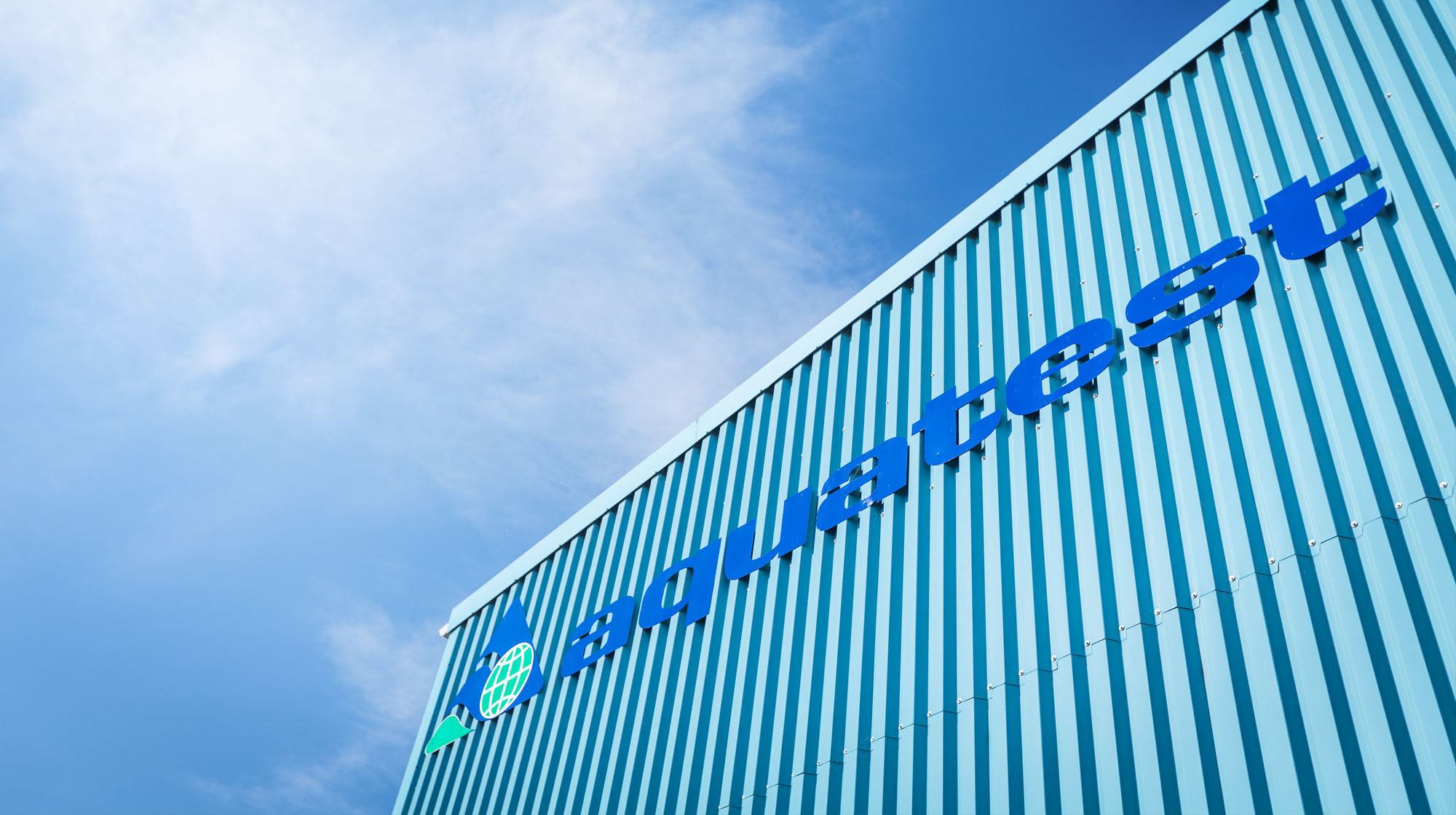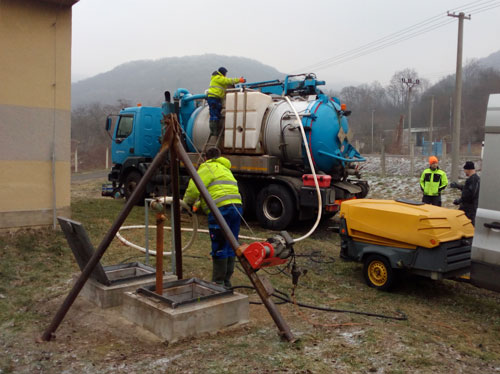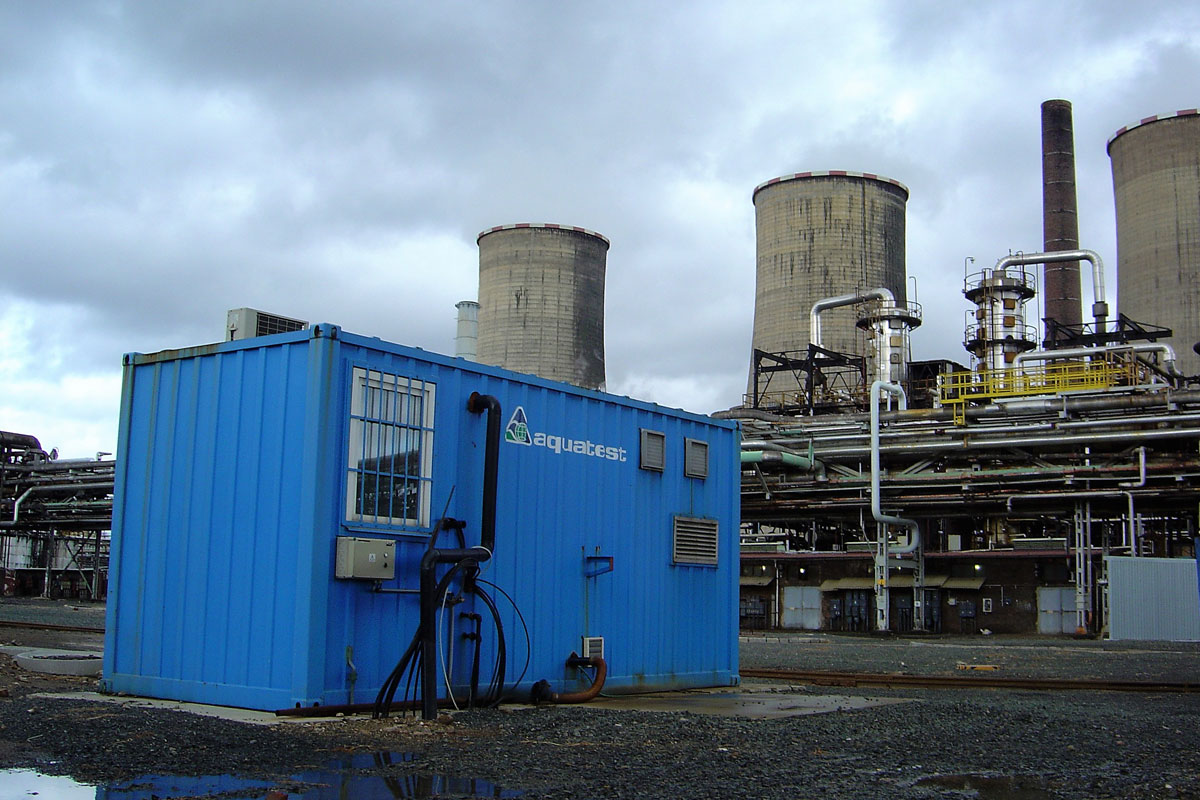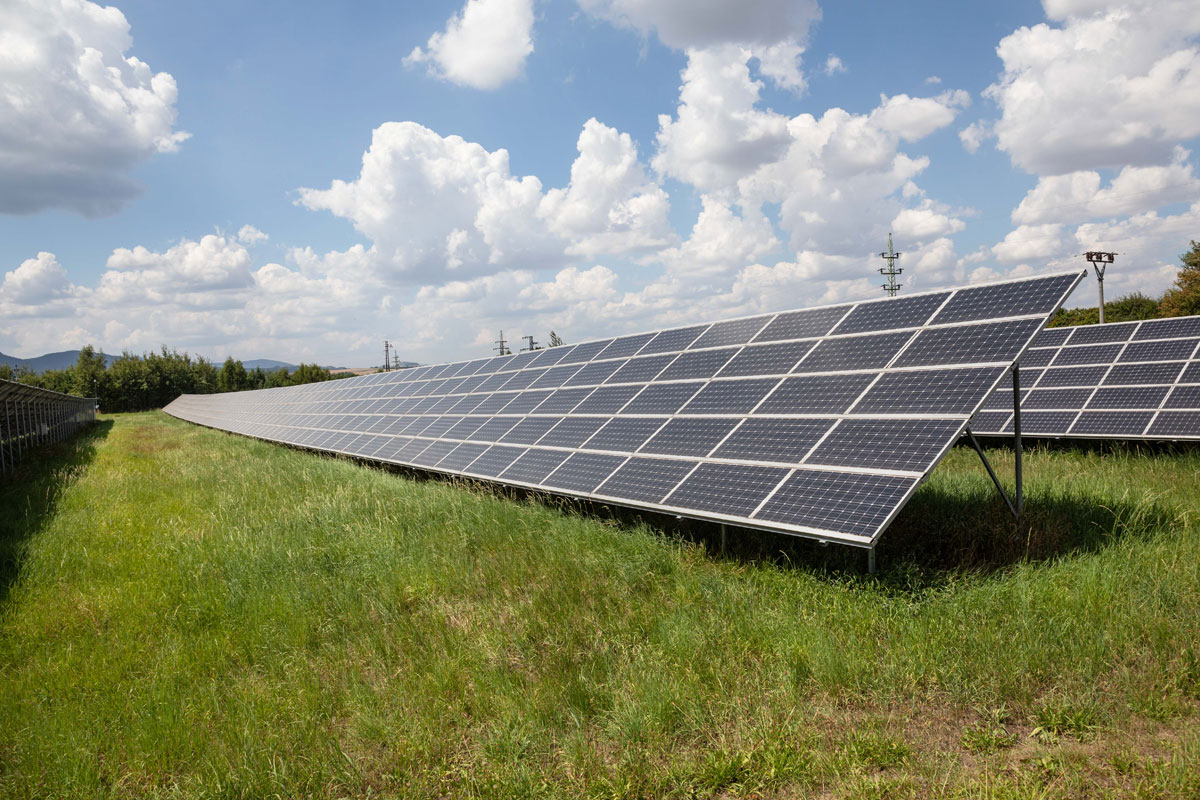Research and development
Innovative technological solutions, which help solve pressing issues of sustainability and environmental protection. We develop innovative and environmentally-friendly methods using bioprocesses, nanotechnologies and passive systems for water protection, revitalization and treatment, waste management and the efficient recycling of secondary raw materials

We have long-term experience in performing research and innovation projects using nanotechnologies and other environmentally-friendly technologies. Our portfolio of solved tasks includes innovative technological solutions in the fields of water treatment and remediation, as well as water and waste management. Other research projects are aimed at identifying and evaluating the anthropogenic effects of pesticides from agricultural activities, which have a negative impact on drinking water resources. We perform research projects with the support of the Technology Agency of the Czech Republic, the Ministry of Industry and Trade and others. The results of our research projects are utility models, pilot operation units, proven technologies, prototypes, functional patterns, certified methodologies and procedures, specialized maps with professional content and professional publications.
Nanomaterials and nanotechnologies for water remediation
We implement new technologies and innovative remedial processes using nanotechnologies and nanomaterials, including their optimization in practice. These include technologies based on the application of nanoparticles for the treatment of contaminated groundwater and wastewater. We are currently focusing on the use of microparticles and modified nanoparticles and on research of new physical, chemical and biological processes for the remediation of contaminated land.
In a European context, we have developed, optimized and introduced a reductive dehalogenation method using elemental iron nanoparticles for groundwater remediation.
We have implemented methods of in-situ chemical oxidation using permanganate and Fenton’s reagent].
Methods of reductive dehalogenation using elemental iron and fermented substrates.
:
- AMICO (FP5)
- Nanotechnologies for Society (Czech Science Foundation, GACR)
- BIOPOLS (European Research Coordination Agency, EUREKA)
- BARIÉRY (Ministry of Industry and Trade, MPO)
- ARTEC (Ministry of Education, Youth and Sport, MEYS)
- NANOBIOWAT (Technology Agency of the Czech Republic, TACR)
- NANOREM (EU FP7)
- ADIREM (Ministry of Industry and Trade, MTI)

Wastewater treatment technologies
Research is focused on biotechnological processes in the framework of operational wastewater treatment technologies. We are engaged in the development of biomass carriers based on nanofibers, methods for the elimination of toxic and difficult to decompose substances, and the research and application of biofilm bioreactors. We are currently developing and applying nanofiber biomass carriers to intensify the treatment of industrial and sewage water.
The first application of a fluidized bed bioreactor in the Czech Republic for the treatment of industrial wastewater contaminated with cyanides with nitrogenous organic compounds, Lučební závody Draslovka, a.s.
Biofilm reactors using nanomaterials for the treatment of groundwater and industrial wastewater contaminated with chloramine, Bochemie, a.s.
Construction of a bioreactor for the treatment of water containing cresol, UNIPETROL.
We have performed the following projects:
- AMICO (FP5)
- WABIS (European Research Coordination Agency, EUREKA)
- CAWAB (European Research Coordination Agency, EUREKA)
- BIOPOLS (European Research Coordination Agency, EUREKA)
- BIOCAR (Technology Agency of the Czech Republic, TACR)
- ARTEC (Ministry of Education, Youth and Sport, MEYS)
- NANOBIOWAT (Technology Agency of the Czech Republic, TACR)
- TECHTOOL (Technology Agency of the Czech Republic, TACR)
- SANMOD (Ministry of Industry and Trade, MIT)
- ADIREM (Ministry of Industry and Trade, MIT)
- AQUAPURO (Ministry of Industry and Trade, MIT)
We have been performing the following project:

Protection of water resources
Our research activities protect and revitalize water resources. We have developed a method for diagnosing and inspecting the status of waterworks and boreholes, including well-logging and hydro well-logging techniques. We have also begun research of new technologies, methods and reagents for the regeneration of water supply wells. We deal with the protection of drinking water endangered by diffuse contamination of persistent micropollutants with endocrine disruptors and pesticides. Current research projects focus on the treatment of groundwater polluted with pesticides used in agriculture. We systematically protect water sources against the risk of contamination by pesticides and their metabolites in water protection zones by testing an innovative monitoring system using passive samplers for monitoring pesticides and their metabolites in order to check the operational discipline of pesticide application on agricultural land.
We have performed the following projects:
- REGENERACE (Technology Agency of the Czech Republic, TACR)
- REGENERACE 2+ (Technology Agency of the Czech Republic, TACR)
- Remediation of Pesticides (Technology Agency of the Czech Republic, TACR)
- Low-cost Water Treatment Systems (Technology Agency of the Czech Republic, TACR),
- SOPOR (Technology Agency of the Czech Republic, TACR)

Use of natural bioremediation processes for water treatment
We develop low-cost passive systems that do not use electricity to treat a wide range of different types of water through natural bioremediation processes. The aim of the research is to describe natural physical, chemical, biological and geochemical processes leading to water treatment. Passive wetland water treatment systems are used for the treatment of both landfill leachate and mine water. They can also be used to clean up previously remediated sites in the form of supported bioremediation based on intensification and promotion of natural degradation processes in the presence of specific microorganisms, bacteria and fungi.
We have performed the following projects:
- GEOCHEM (Ministry of Industry and Trade, MIT)
- ARTEC (Ministry of Education, Youth and Sport, MEYS)
- REGENERACE (Technology Agency of the Czech Republic, TACR)
- SKLAMEM (Technology Agency of the Czech Republic, TACR)

Waste stabilization
We have long been devoted to developing new processes for the stabilization of waste containing persistent toxic substances. Stabilization is used as a method of detoxification, which transforms hazardous waste into a physically and chemically stable form, allowing better waste handling and, above all, prevents the release of harmful toxic substances into the environment. Inorganic and organic binders or their combinations have been developed to solidify toxic metals in sludge. Methods determined in the laboratory for the stabilization of toxic metals in sludge are further verified on a prototype module device for the stabilization of sludge in order to establish and describe new technological processes.
Stabilization of sludge containing hazardous substances, SPOLCHEMIE
Modular units for the treatment of industrial wastewater, Ministry of Industry and Trade
Special remedial equipment, Ministry of Environment

Recycling
In the field of recycling, we have developed a technology for recycling photovoltaic panels that is unparalleled on the Central European market. This optimized technology allows the recycling of difficult-to-separate the remains of photovoltaic cells from waste photovoltaic panels. New methods for the separation of elements of interest such as silicon, copper and silver have been tested under laboratory and pilot operation conditions. Furthermore, we investigate the possibility of isolating hazardous elements such as antimony, barium, beryllium, bismuth, cadmium, molybdenum, mercury, selenium, strontium, thallium, uranium, yttrium and their compounds into a stable matrix.
Line for the processing of electric waste, Rumpold-T
Processing of photovoltaic panels, Galmet

